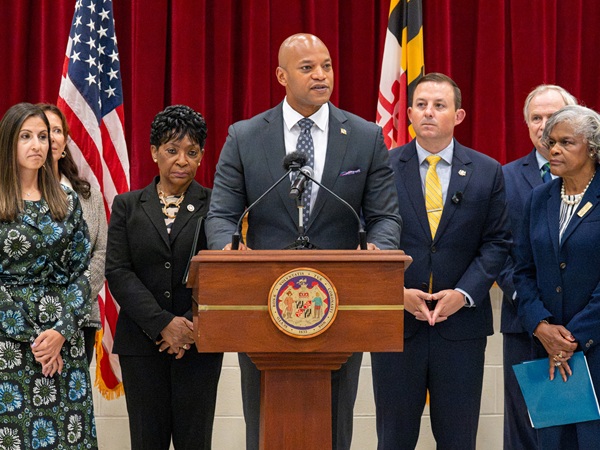
ANNAPOLIS, MD—Marylanders are set to receive $200 million in energy bill rebates under new legislation aimed at providing relief from rising utility costs.
Gov. Wes Moore, alongside Senate President Bill Ferguson and House Speaker Adrienne A. Jones, announced the rebates, which will be distributed to all state ratepayers through two direct payments. The first payment will be administered between August and September of this year, with a second payment scheduled for January and February of 2026 to help offset winter energy bills.
“The reason we are so passionate about the issue of energy affordability is because we hear from our constituents about it every day,” Moore said. “Marylanders are deeply frustrated, and their frustration is justified.”
The rebates are part of the Next Generation Energy Act, which was signed by Moore following the 2025 legislative session. The act mandates that the $200 million be funded through Maryland’s Strategic Energy Investment Fund.
The amount of the rebate will vary by household based on energy usage and utility company, but ratepayers can expect to receive between $30 and $67. Each utility is responsible for setting up its own system to determine the specific rebate amounts.
“Maryland’s $200 million energy rebate is a critical part of that goal,” said Senate President Ferguson, referencing the legislature’s focus on “lowering utility bills through affordable, reliable, and predictable energy.”
House Speaker Jones highlighted the impact the rebates will have on vulnerable populations. “They are a lifeline to those with the tightest budgets – our seniors, low-income families, and those on fixed incomes,” Jones said.
In addition to the rebates, the Next Generation Energy Act expands financial support for reducing greenhouse gas emissions and establishes a framework for nuclear energy generation in the state.
The announcement is the latest effort by the Moore-Miller Administration to address energy costs. In June, the governor launched the Customer Relief Fund, a $19 million one-time assistance program that provided aid to limited- and middle-income ratepayers through local nonprofit organizations.
Moore’s administration has also pursued long-term solutions, including joining the Northeast States Collaborative on Interregional Transmission to find ways to reduce costs and increase the reliability of energy systems.
Photo via the Maryland Governor’s Office
Please follow and like us:
Disclaimer: This news has been automatically collected from the source link above. Our website does not create, edit, or publish the content. All information, statements, and opinions expressed belong solely to the original publisher. We are not responsible or liable for the accuracy, reliability, or completeness of any news, nor for any statements, views, or claims made in the content. All rights remain with the respective source.
